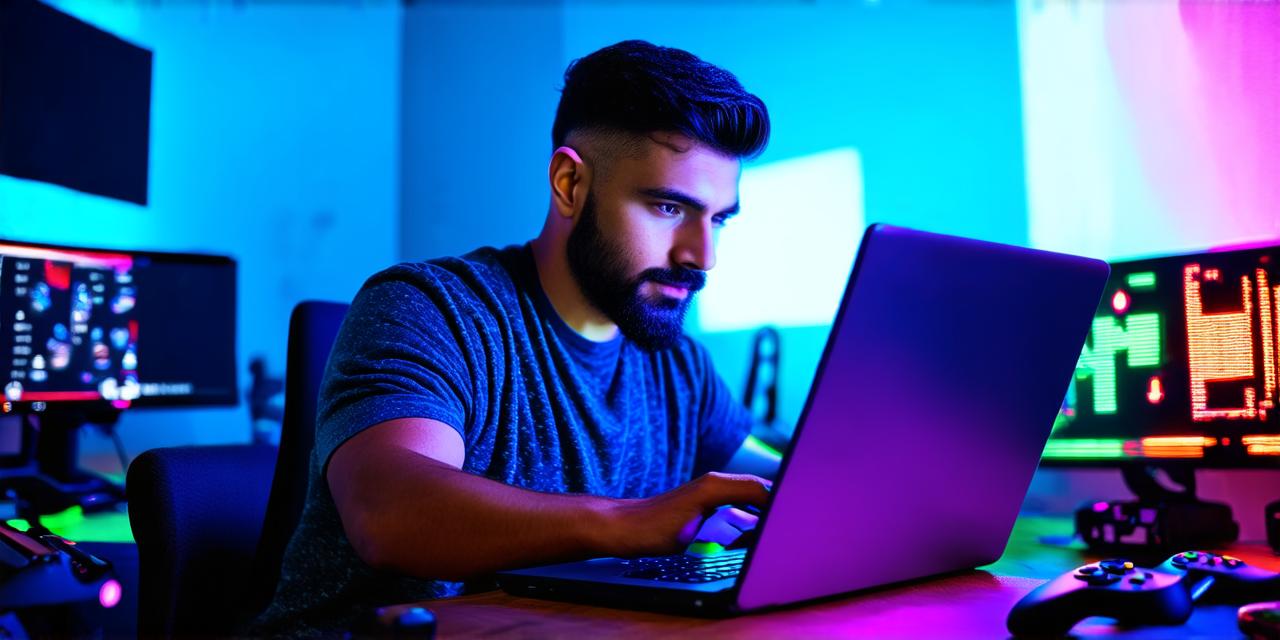NFTs, or non-fungible tokens, have become increasingly popular in recent years, especially in the world of gaming. They offer a unique way for players to own and trade digital assets that are truly one-of-a-kind.
1. Choose Your Game Type
The first step in creating an NFT-based game is to decide on the type of game you want to make. There are many different types of games that can incorporate NFTs, including role-playing games (RPGs), strategy games, collectible card games, and more. Consider what type of game will best showcase the unique characteristics of your NFTs and engage players.
2. Design Your NFTs
Once you have decided on the type of game you want to make, it’s time to start designing your NFTs. These should be unique and valuable items that players will want to own and trade. Consider what makes your NFTs special and how they can add value to your game. Some popular types of NFTs in games include rare items, collectible characters, and exclusive access to special content.
3. Choose Your Blockchain Platform

The next step is to choose the blockchain platform on which you will create and distribute your NFTs. There are many different blockchain platforms available, each with its own strengths and weaknesses. Some popular options include Ethereum, Flow, and Polygon. Consider what features are most important to you and your players, such as transaction speed, gas fees, and scalability.
4. Create Your Smart Contracts
Once you have chosen your blockchain platform, it’s time to create the smart contracts that will govern how your NFTs are bought, sold, and traded. These should be carefully designed to ensure that they are secure and easy to use for players. Consider hiring a developer with experience in creating smart contracts if you are not familiar with the process.
5. Launch Your Game
Once everything is set up, it’s time to launch your game! This may involve marketing and promotion to attract players, as well as creating a community around your game. Consider hosting events or contests to encourage players to get involved and start trading NFTs.
6. Maintain and Update Your Game
Finally, it’s important to maintain and update your game over time to keep players engaged and excited about the NFTs. Consider adding new items or characters, implementing special promotions or events, and listening to feedback from players to make improvements.
In conclusion, creating an NFT-based game can be a rewarding experience that offers players unique and valuable digital assets to own and trade. By carefully designing your NFTs, choosing the right blockchain platform, and creating secure smart contracts, you can create a fun and engaging game that will keep players coming back for more.
